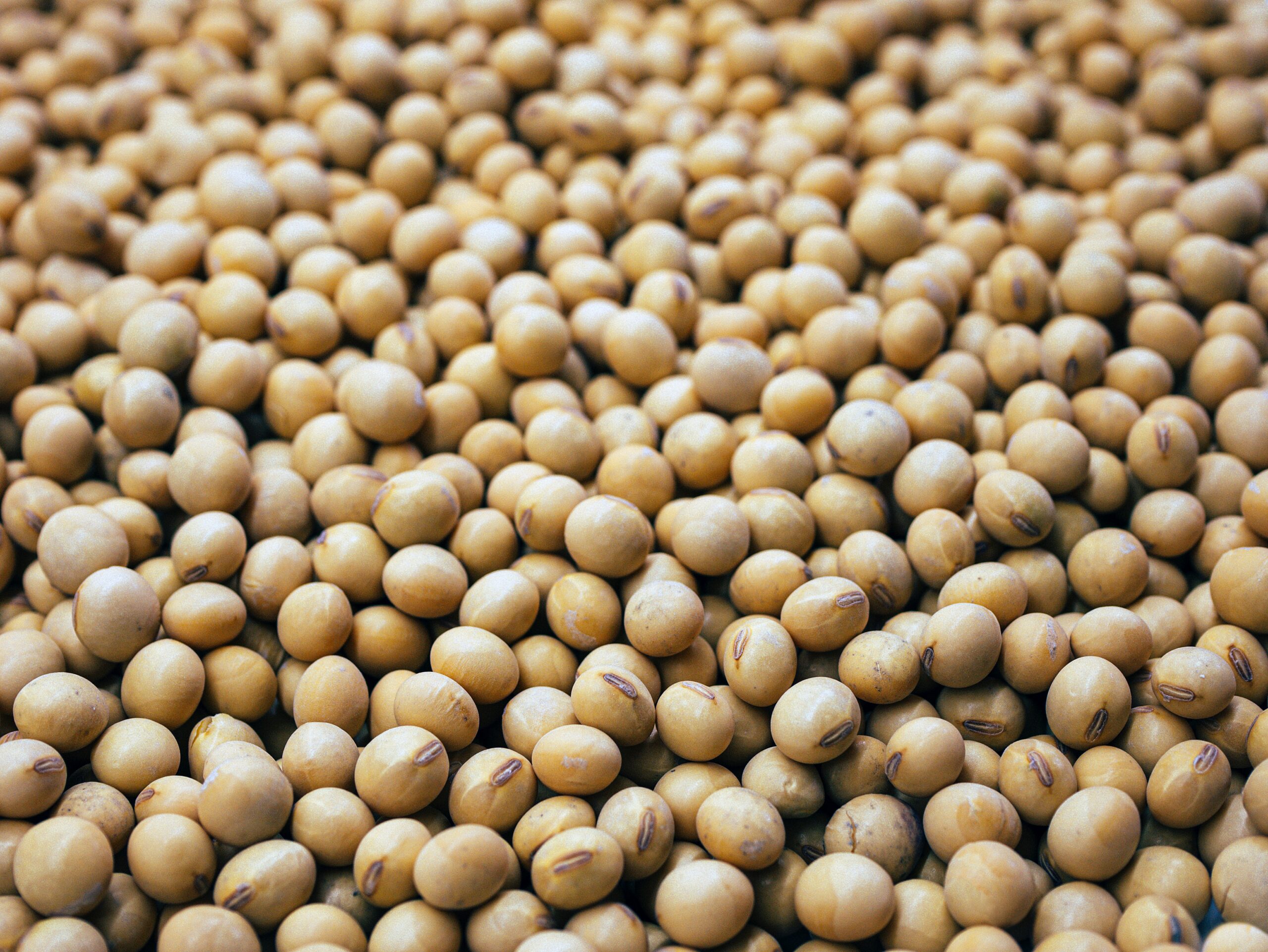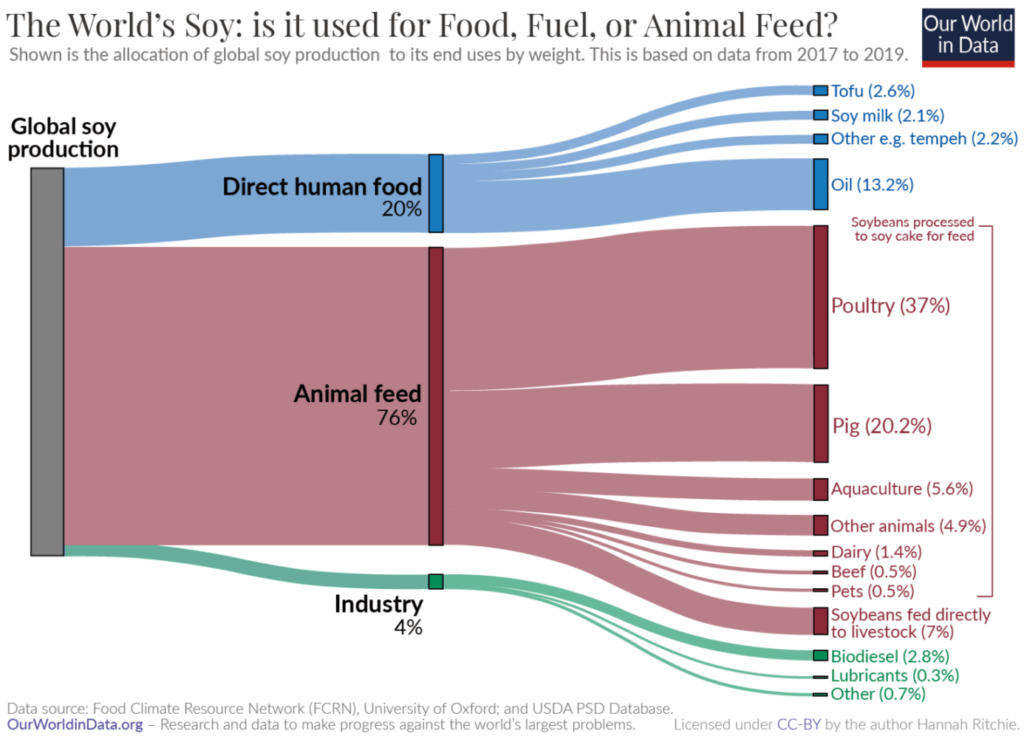
Benefits of replacing soy with BSF larvae as a protein source in animal feed, post 3 of 5
In this post series we talk about the benefits of replacing soy with black soldier fly larvae (BSFL) as a protein source in animal feed. In this third post of the series we talk about demand – how the use of BSFL in animal feed helps to reduce competition of soybean.
Reduced competition with human food:
The use of BSFL in animal feed reduces the demand for soybean, which is commonly used as a protein source in animal feed. Soybean is also a major food ingredient for human consumption, and the use of BSFL in animal feed can help reduce competition for this important food source.
The use of soybean is expected to grown in human consumption due to the positive health impacts of soy, while the availability is expected to decrease due to soy production being highly polarized and thus has geo-political availability risks, which already can be seen in increased soy prices. And that’s not all…
Global soy production in 2022 was approx. 391,17 million metric tons. 70-77% of all soy is fed to livestock for beef, chicken, egg and dairy production (milk, cheeses, butter, yogurt, etc.), chicken and pigs being by far the biggest soy “consumers” – while the end use of all these food ingredients is human consumption. Most of the rest (of soy produced) is used for oils, whichof majority is used for human food manufacturing or direct/indirect consumption.
Soy oils are used for cooking and can also be found in many margarine, chocolate, ice cream and baked goods, as well as in cosmetics and soaps. c. 6-7% of soy is used directly for human food products (as in “soy foods”) such as tofu, soy milk, edamame beans, and tempeh. Future Market Insights reports that the Soy Food Products market is projected to grow 5,1-5,6% year-on-year during the forecast period, which suggests an increase in demand for soy food products.

So, c. 7% of all soy produced is used for human consumption, and even if it may not sound like much, but in reality it equals to approx. 27,38 million metric tons per year, and increasing.
While the legislation varies between countries how insects in general and black soldier fly as one particular species can be used in food and feed production, the use of insect protein can be seen as one major opportunity to reduce a number of risks related to soy production in human vs. animal consumption;
- the risk of soy availability can be reduced, more of the available soy ingredients can be used for human food manufacturing
- the increase in soy price can be minimized or avoided, even turned around
- the health and nutrient value of insect protein in animal feed is greater than that of soy, insect protein being a more natural ingredient in animal diets as well as more naturally consumed – by e.g. chicken – than soy meal, which according to a number of studies increases the well-being of chicken (insects / larvae in aquafeed assumed to have similar well-being effects).
- environmental impacts of soy production are negative compared to insect protein being fairly neutral or even having positive impact (local biowaste upcycling, use of BSFL live, income opportunity in rural areas), when the BSFL can be produced and used locally (climatized rearing and breeding containers, such as Manna Insect’s solution)
Follow Manna’s company profile in LinkedIn, as well as our home page for more use cases, examples and generally information about rearing and breeding BSF at professional level. And if you wish to calculate the costs of running BSF larvae rearing operations, check out our free BSF business case calculator to see if this all makes sense in your case, and what the cost and income structure could be.
Cover picture: Unsplash
